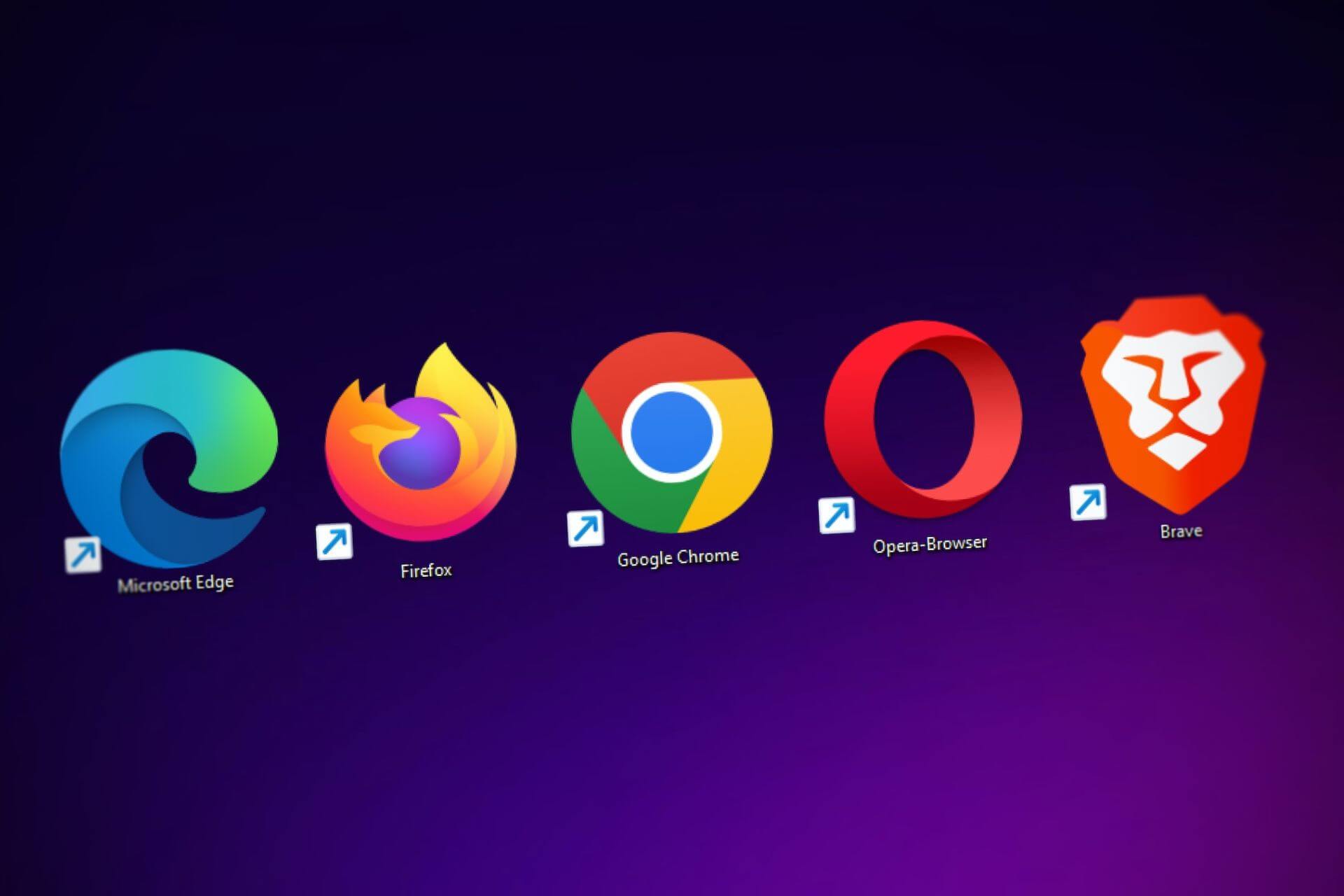
How to Turn On Private Browsing (And Why You Should)
November 30, 2023 - Emily Newton
Revolutionized is reader-supported. When you buy through links on our site, we may earn an affiliate commision. Learn more here.
Wondering how to turn on private browsing on your PC, laptop, phone or Mac? It just takes a few clicks. Private browsing features like Incognito Mode allow you to conceal browsing and search activity, which is helpful in all kinds of situations. What does private browsing do exactly and how do you turn it on?
Why Should You Use Private Browsing?
Before learning how to turn on private browsing, you should probably know what it can and can’t do. There are plenty of reasons to use privacy features on your web browser, but they might not be as secure as many users assume.
The main function of private browsing is hiding your personal information and browsing history from other users and computers. For example, web pages can’t collect cookies on your recent browsing activity when you jump to a private tab. A private window might save cookies while it is open, but the browser clears them when you close the window. It doesn’t save your browsing activity, either.
There are a few things private browsing does not do. For example, it doesn’t necessarily improve your cybersecurity. Incognito mode on Chrome is no more secure than regular browsing. You’re just as vulnerable to phishing, viruses and spam pages whether you are on private mode or not. Other people on your device or network may also be able to view your browsing activity even in private mode.
So, private browsing is most useful when you simply don’t want your browsing history saved. For instance, you might want to avoid getting targeted ads or search for something without it appearing in your search history. If you are concerned about keeping your financial data secure or protecting yourself from viruses and spam, you may want to look into security software or a security-focused browser instead.
How to Turn On Private Browsing (Chrome, Safari, Mobile)
Web browser privacy features are great for keeping your search history private or avoiding unwanted targeted ads. Luckily, if you want to know how to turn on private browsing, it’s very easy. The process is a little different depending on the browser and device you’re using, so make sure you’re using the right set of steps below.
Chrome (Desktop)
Google Chrome has “Incognito Mode”, which blocks cookies and doesn’t save your activity or any data you enter on websites. To turn it on, open Chrome on your PC or laptop like you normally would. Find the three dots icon in the top right corner of the window. One of the first options in the Chrome dropdown menu is “New Incognito window”. Select it to open a new window of Chrome with Incognito mode turned on.
Pro tip: You can also use the keyboard shortcut Ctrl+Shift+N to quickly open an Incognito window.
Chrome (Mobile)
Whether you are on iOS or Android, the process for how to turn on private browsing in Chrome is the same. Open the Chrome app. If you already have a tab selected in Chrome, find the square icon with a number in it at the bottom of the screen. (The number indicates how many tabs you have open.) Tap it to view all of your tabs.
At the top of the tab-view window there should be four icons above your open tabs: a magnifying glass, a hat with glasses, the tab counter icon, and an icon of a laptop and a phone. Select the hat-and-glasses icon, the symbol for Incognito mode.
This will bounce you over to an Incognito window in the Chrome app. You can keep Incognito tabs and regular tabs open at the same time and jump between them using the icons at the top of the tab-view window. However, it is a good idea to close Incognito tabs when you’re done using them so Chrome clears your Incognito mode browsing data.
Safari (Desktop)
Learning how to turn on private browsing on a Mac or Macbook requires just two clicks. Open Safari on your Mac and select “File” from the menu in the top left corner of your screen. In the drop down menu, select “New Private Window.” Interestingly, the Mac version of Safari creates a unique session for every private tab you have open. This means data can’t even be shared between private mode tabs, which is a nice feature for private browsing.
Pro tip: Mac also has a keyboard shortcut for opening a private Safari window. Use Command+Shift+N to rapidly open a private window.
Safari (iOS/iPadOS)
Private browsing on the iOS version of Safari is a little bit hidden, but it’s easy to find when you know where to look. Open the Safari app on your iPhone and locate the icon shaped like two boxes in the bottom right corner of your screen. This will open the tab view where you can see all of your open Safari tabs.
In the tab view you should see a toolbar at the bottom of your screen that tells you how many tabs you have open (i.e. “2 Tabs”). If you tap that text, it will open the Tab Groups menu. In this menu you should see at least two options: regular tabs and “Private”. Select the Private tab group to enter private browsing mode.
Private browsing on the iPadOS version of Safari works very similar to the iOS version. The main difference is the toolbar location. On iPads, the toolbar is located at the top of the screen in Safari. You should see the Tab Groups indicator in the toolbar next to your search bar. Simply tap it to jump between regular tabs and private tabs.
Pro tip: Safari on iOS and iPadOS includes a Locked Private Browsing mode for extra security. It prevents others from viewing your private tabs when your device is locked or asleep. You may need to go into your iPhone’s settings to turn the feature on, though.
Private Web Browsers
If you are wondering how to turn on private browsing, you might be concerned about security and data privacy online. Private browsing can help hide your data and activity from websites and tracking cookies. However, it’s not a foolproof solution. If you want to maximize your privacy online, you may want to consider using a privacy-focused web browser.
Chrome and Safari are the world’s two most popular web browsers today. However, neither one is particularly well-suited for secure, private browsing. There are much better alternatives with built-in privacy features like default cookie blocking, ad blocking and search privacy.
As of 2023, the top privacy browser is Brave, which works much like Chrome but with some great privacy features. It has built-in ad and cookie blocking and even has its own private search engine. Alternatively, you can also try Mozilla Firefox or DuckDuckGo. Tor is the best option for those who want to maximize security and anonymity above all else, although be warned that it tends to be slow and complicated to use.
Pro tip: Regardless of the browser or device you are using, you can use a VPN to keep your IP address, location, personal information and browsing activity secure.
Stay Safe By Turning On Private Browsing
Private browsing modes may not be the ultimate solution to online privacy and security, but they can add some peace of mind and help protect your data. Keep in mind, using private browsing may not hide your data from everyone, including network administrators, your employer or school, or other people using your device. However, if you simply want to keep your browsing activity private from web pages and tracking cookies, private browsing modes are a great solution.
Revolutionized is reader-supported. When you buy through links on our site, we may earn an affiliate commision. Learn more here.
Author
Emily Newton
Emily Newton is a technology and industrial journalist and the Editor in Chief of Revolutionized. She manages the sites publishing schedule, SEO optimization and content strategy. Emily enjoys writing and researching articles about how technology is changing every industry. When she isn't working, Emily enjoys playing video games or curling up with a good book.




